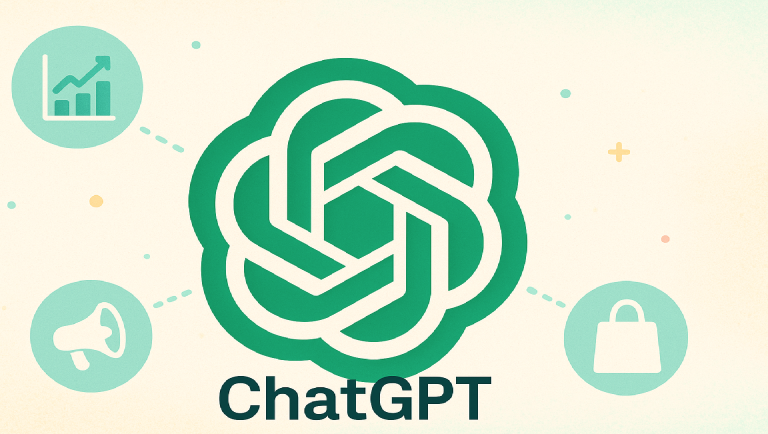
Our industry is rushing headlong toward an AI-powered future. The promise is captivating: intelligent systems that can predict market shifts, personalize customer experiences and drive unprecedented growth.
Yet in that race, many organizations are short-changing or even skipping a critical first step. They are building sophisticated engines but trying to run them on unrefined fuel. The result is a quiet crisis of confidence, where powerful technology underwhelms because the marketers don’t trust the data it relies on.
This challenge also creates a strategic opportunity. The journey toward data readiness is the most critical initiative a marketing organization can pursue. Creating a single source of truth is far more than a technical exercise — it uncovers biases, builds confidence and fuels the intelligent engines of tomorrow.
Why the firehose approach fails — and what comes next
The standard approach to data readiness is often treated like a plumbing project, aimed at connecting as many data sources as possible to create a massive firehose of information for an LLM.
However, this confuses volume with value and a firehose of chaotic, unclean data becomes unusable for informed strategic decision-making. It overwhelms teams and creates the garbage-in, garbage-out problem, which can invalidate even the most advanced AI models.
Dig deeper: 4 ways to correct bad data and improve your AI
Actual readiness is about engineering a trusted, curated pipeline. This means moving beyond simple connectivity and deliberately applying the principles and protocols needed to transform raw, atomic-level data into a reliable asset. That transformation stands on four pillars:
1. Intentional governance
This is the crucial first step in taming the firehose. It means establishing a common language for data across the organization. Through consistent taxonomies and a standardized data schema, governance creates the disciplined structure needed to organize millions of disparate data points into a coherent framework and ensure that data in the pipeline can be compared and analyzed accurately.
2. Radical transparency
A trusted pipeline must be fully transparent. Every insight drawn from it needs a clear provenance. That level of clarity enables teams to trust complex processes, such as creating a unified view of the customer journey. When users can see how the pipeline stitches disparate, atomic-level signals together to map a holistic customer path, they build confidence in the result.
3. Human stewardship
Technology can build the pipeline, but it isn’t responsible for what flows through it. Data readiness requires trusted human stewards — the individuals and teams accountable for ensuring the quality and integrity of the data. They weave in the essential business context, providing the pipeline delivers not just data but intelligence directly connected to the key performance indicators the business runs on.
4. Education and training
Equally important is educating teams about the data sources they have and the structure that supports them. When employees understand where data originates, how it is organized and the nuances of its schema, they can craft more effective prompts and queries.
That foundational knowledge elevates the quality of prompt engineering and amplifies the value of insights extracted from the pipeline, ensuring the organization’s AI initiatives are both robust and actionable.
Dig deeper: Before scaling AI, fix your data foundations
This philosophy of transparency must extend beyond the data pipeline and into the AI models it feeds. If a transparent pipeline flows into an opaque model, trust breaks at the last mile.
In a truly transparent system, a marketer can interrogate the entire process. They can see a budget recommendation from the AI, click to understand the factors behind it and click again to view the underlying atomic-level data from the trusted pipeline that supports that logic. This end-to-end visibility is transformative, turning passive recipients into empowered partners.
Choosing the right partner for the journey
Starting this journey does not have to be a solitary effort. The right partner can provide both the technology and the strategic guidance needed for success. When evaluating partners, look for those who show their commitment through independent validation.
Certifications like SOC 2 Type II offer third-party proof that a partner maintains robust, audited controls for security and privacy. Similarly, an ISO 27001 certification demonstrates a mature and tested approach to managing information security risk.
More recently, ISO/IEC 42001 — the first international standard for AI management systems — has emerged to ensure organizations implement transparent governance to use AI responsibly. It helps reduce risks related to bias and privacy while promoting transparency and accountability.
Dig deeper: AI’s personalization magic starts with the data you can’t see
Data readiness unlocks AI’s full promise
AI’s promise is achievable for organizations that focus on the right foundations. When they move beyond the firehose fallacy and build a trusted, well-orchestrated data pipeline, they unlock the full potential of their technology. Trustworthy data becomes the launchpad for a new era of more innovative, more confident and more creative marketing.
The post Data readiness is the missing foundation of AI-powered marketing appeared first on MarTech.




















